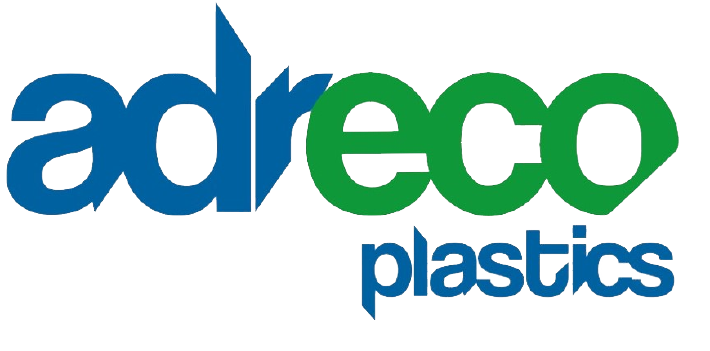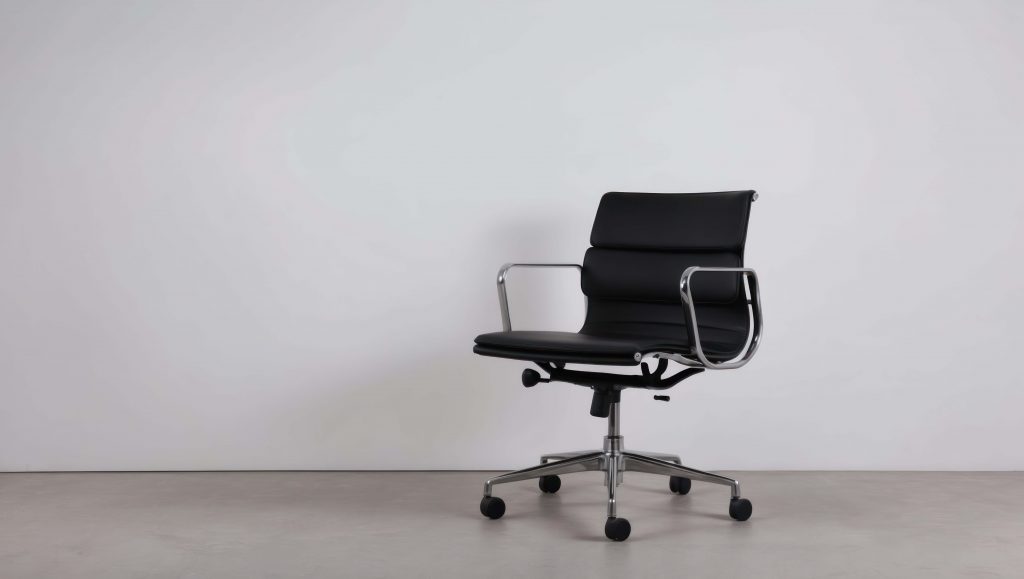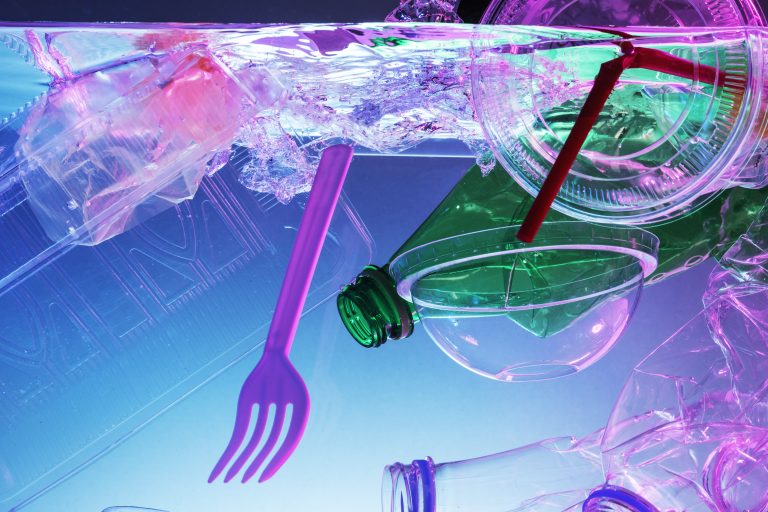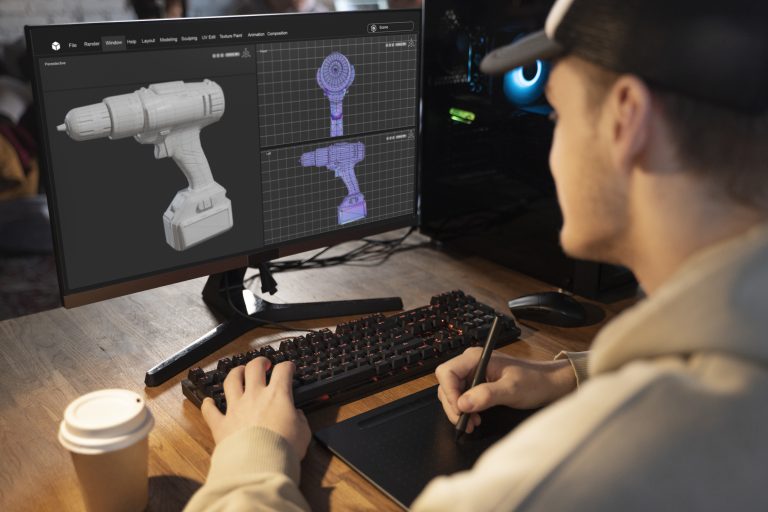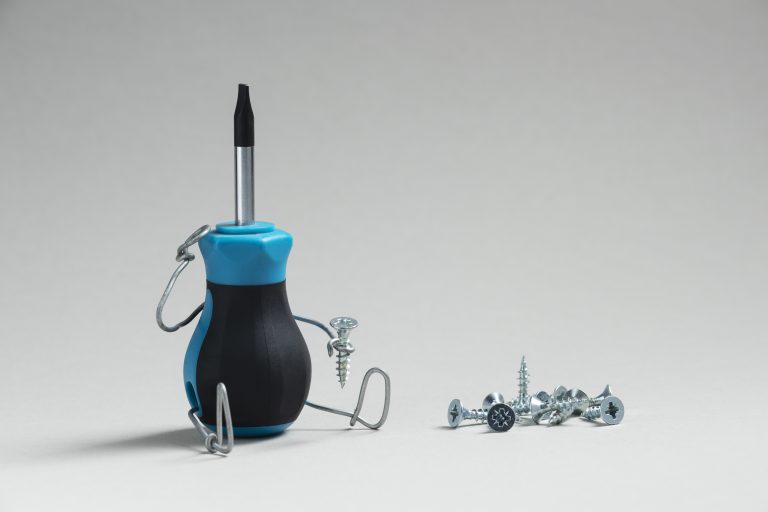A key element of product design is how ergonomic the finished result will be. Ergonomics is the art of designing a product that fits the person or process that will be using it perfectly, or as close to that as possible. Ergonomic design is all about making things easier and more comfortable to use, safer and more productive. It focuses on reducing the risk of injuries or errors happening as a direct result of how the product has been made.
Plastic product design ergonomics take in such elements as the overall weight, shape and size of the item. Questions include how well it can fit in the hand, or slot into whichever wider process it is part of. Smaller details are important too, such as the position, shape and size of any buttons, switches or levers involved and how tactile they are to use. How rough or smooth the surface is and how durable the product will be against breakages, sudden impacts, chemical or solvent exposure and general wear and tear. Finally, how visually pleasing the product looks visually is all part of its ergonomics and overall customer satisfaction rating.
Simply put, the more ergonomic a plastic product design is, the more comfortable, pleasing and safe it will be to use and the more popular it will prove among customers. Here are some more examples of where ergonomic design in plastic injection moulding can make all the difference to the quality of a finished product.
In the office
Business owners and managers are cottoning on more than ever to the importance of ensuring their work force is comfortable, safe and happy at work. Therefore, ergonomic design is a big consideration when manufacturing items for offices, shops, factories and other places of work. Chairs and desks that can be adjusted to the right height for their user are one good example of this. In addition, offices also need to bear in mind comfort and safe use of keyboards and mice, footrests, desk lighting and telephone headsets. All of these items can be produced via plastic injection moulding with intelligent ergonomic design included at every stage.
Construction and manufacturing
Building sites, warehouses and factory production lines are all places where ergonomics are vital to keep employees free from pain and injury as they work to keep processes flowing and jobs moving towards completion. In the construction sector, ergonomically designed equipment, vibration-reducing tools and customisable protective gear all contribute to keeping everyone safe on site and can be manufactured through various plastic injection moulding techniques. In factories and warehouses, it is a similar story, with ergonomic adjustments making a huge difference to assembly line workstations, manufacturing processes, lifting equipment and setting suitable levels of lighting and noise.
Healthcare and medical settings
Hospitals, clinics, care homes and doctors’ surgeries can be busy places with a lot of physical demands placed on those who work ether,. Ergonomic design can improve things in a number of ways, from supportive footwear to decent PPE; comfortable diagnostic equipment to slide sheets and manual handling support. For patients, innovations like height-adjustable beds and ergonomic walking aids can also make a huge difference to pain levels and recovery times.
Education and childcare
Teachers and educators can spend a lot of time standing up, so having properly supportive chairs and workstations is vital to give them some relief when they do sit down to answer emails or complete paperwork. The same goes of resitting on the floor with younger children. Ergonomic design in education is all about supporting staff with their posture, comfort while using IT, ability to use display screens, white boards and teaching aids while remaining comfortable, pain-free and at no risk of injury. The children, too, need access to correctly designed chairs and desks, PE and sport equipment, playground games and protective clothing and items such as eye masks and shin pads.
Ergonomics and plastic injection moulding
All of the sectors mentioned above can benefit from having access to ergonomically designed equipment, products and components. The use of sturdy, resilient plastic materials that can also ne moulded to fit exact measurements and shapes is key. Ergonomic design works best when the balance is met between safety, aesthetics comfort and performance. All highly achievable through clever injection moulding techniques.
